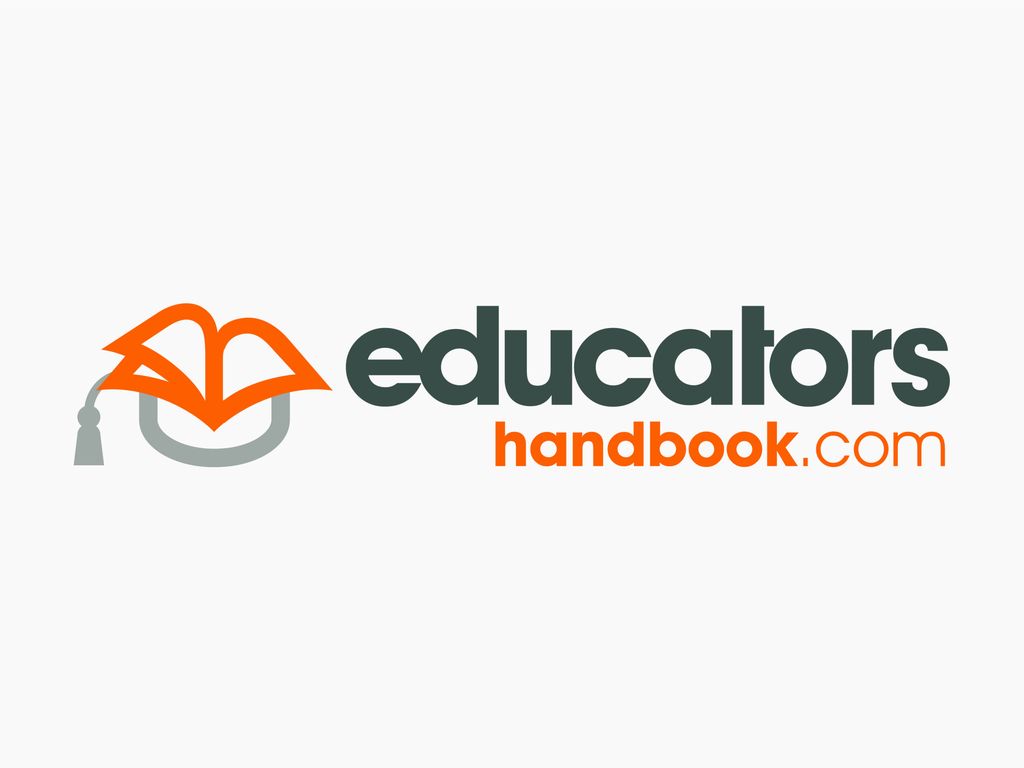Teaching is more than just delivering content to students—it’s about inspiring, guiding, and fostering an environment conducive to learning. The educators handbook serves as an indispensable tool for both new and experienced . It consolidates proven methods, practical tips, and resources that help educators succeed in the classroom while meeting students’ diverse needs. This article will walk you through the importance of having an educator’s handbook, what it should contain, and how to use it effectively.
Why Every Teacher Needs an Educators Handbook
An educators handbook serves as a comprehensive guide to teaching practices, classroom management, and educational philosophies. It simplifies complex concepts into practical steps that teachers can easily follow. Without such a handbook, teachers may find themselves overwhelmed by the many responsibilities that come with managing a classroom.
Moreover, having a reference like this handbook allows for consistent teaching strategies, fostering an environment where both students and teachers thrive. Teachers can refer to the handbook when they’re unsure of their next steps or when they need quick solutions to classroom challenges.
Key Sections to Include in an Educators Handbook
1. Classroom Management Tips
Effective classroom management is crucial to creating a positive learning environment. This section of the should outline strategies to handle disruptive behaviors, encourage student participation, and maintain discipline. Practical tips such as establishing clear expectations, using positive reinforcement, and maintaining consistency in rule enforcement should be included.
2. Lesson Planning and Curriculum Development
Lesson planning is the backbone of effective teaching. A good educators handbook provides templates, guidelines, and suggestions on how to structure lessons that engage students. From introducing learning objectives to assessing student progress, this section helps educators design lessons that are both meaningful and engaging. It also outlines the importance of differentiating instruction to cater to various learning styles.
3. Student Assessment and Feedback Techniques
Providing constructive feedback is essential for student growth. In the educators handbook, a section dedicated to student assessments will guide teachers on different types of assessments, such as formative, summative, and diagnostic. It also emphasizes the significance of offering timely and specific feedback that motivates students to improve.
4. Technology Integration in the Classroom
With the increasing reliance on digital tools, the educators handbook must include guidelines for integrating technology in the classroom. This section covers best practices for using educational apps, online platforms, and digital resources to enhance learning. It should also address issues such as maintaining students’ attention and safeguarding privacy while using technology.
5. Professional Development and Self-Care Tips
Teaching can be emotionally and physically draining. Hence, the educators handbook should offer advice on how to stay motivated, engaged, and self-aware. Including tips for ongoing professional development, such as attending workshops and networking with other educators, is vital. Additionally, promoting self-care practices will help prevent teacher burnout.
How to Use the Educators Handbook Effectively
1. Reference It Regularly
The is not just a one-time resource. It should be referred to regularly to stay on track with classroom goals, lesson plans, and professional development. Teachers may find new strategies or solutions every time they revisit it.
2. Customize It to Your Needs
No two classrooms are the same. Customize the strategies mentioned in the to suit your classroom’s unique dynamics. Adapt lesson plans, management strategies, and assessment techniques to meet the specific needs of your students.
3. Collaborate with Peers
The educators handbook is a valuable tool on its own, but sharing it with colleagues can lead to even greater success. By collaborating with other educators, you can exchange ideas, strategies, and insights that enhance the teaching experience.
Conclusion
The educators handbook is an essential resource that helps teachers navigate the complexities of the classroom while providing them with practical tools to support student success. With a comprehensive approach to lesson planning, classroom management, and professional development, this empowers to make a significant impact on their students’ educational journeys. So, if you haven’t already, start building your own educator’s handbook today and take your teaching career to new heights!
FAQs:
1. What is an educators handbook?
An educators handbook is a comprehensive guide that provides teachers with strategies, resources, and tips for effective classroom management, lesson planning, and student assessment.
2. How can an educators handbook help new teachers?
For new teachers, an educators handbook offers essential guidance and tools to handle common classroom challenges, develop structured lesson plans, and manage diverse student needs.
3. Can I customize my educators handbook?
Yes, every educator can tailor the handbook to fit their classroom environment, incorporating strategies and tips that work best for their teaching style and student needs.
4. Why is classroom management important in teaching?
Classroom management is vital because it helps create a positive learning environment where students feel safe, respected, and motivated to participate.
5. How often should I update my educators handbook?
It’s a good idea to update your educators handbook regularly, especially after learning new strategies, attending workshops, or encountering unique classroom situations.



